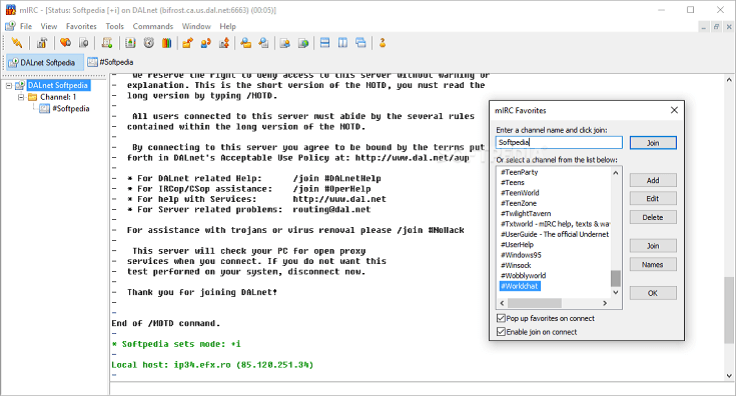

Quote: "Test formulations were prepared in the compounding pharmaceutical laboratory.University of Tasmania, under the supervision of a registered pharmacist.study medications were packed in identical containers.university staff to send the medications (via express registered post) directly to the patients.enabled the clinical investigator (performing assessments) and other study personnel to be blinded."īlinding of outcome assessment (detection bias)

Quote: "randomisation was provided by the study sponsor, using an independent statistician" "code was kept secure by a staff member (University of Tasmania) who was not part of the research team."Ĭomment: Allocation concealment was appropriateīlinding of participants and personnel (performance bias) Quote: "participants were randomly allocated into one of two groups (test or control) using a computer‐generated randomisation schedule"Ĭomment: Specific randomisation method that is suitable was specified Random sequence generation (selection bias) Email response: Manuscript is currently under review The study was government‐funded and affiliated with a university. Mycological cure (negative culture) at weeks 40 ± 2Ĭlinical severity score graded on a visual analogue scale at weeks 40 ± 2Ĭhange in amount of clear nail (digital photographs) and diseases nail (tracings) at weeks 40 ± 2 Treatment duration: Kunzea oil twice daily (morning and evening) or nail lacquer once a week for 40 ± 2 weeksĭrug in study arm 1: Neat Kunzea oil (100% steam distilled, produced from the Kunzea ambigua plant), n = unknownĭrug in study arm 2: Loceryl nail lacquer (containing 5% amorolfine), n = unknown Participant enrolment: August 2007 to January 2009 Number of people lost to follow‐up: Unknown All participants had a 6‐week washout period for systemic antifungal therapy and 4 weeks for topical antifungal treatment prior to receiving the study design Inclusion criteria: Entry criteria required a clinical diagnosis of onychomycosis (based on clinical manifestations and positive mycology (mycological culture) involving ≤ 20% of the area of one of the great toenails and a minimum age of 18Įxclusion criteria: The main exclusion criteria were other nail conditions (psoriasis, bacterial infections, contact dermatitis, nail bed tumours, yellow nail syndrome, traumatic onychodystrophies, lichen planus, pachonychia congenita and idiopathic onycholysis) confounding onychomycosis assessment, pregnancy, breast‐feeding, and a known history of allergy to essential oils. Location: Royal Hobart Hospital, Tasmania, Australia Time points of measurements: Weeks 40 ± 2

Statistical comparisons for outcomes: Unknown


 0 kommentar(er)
0 kommentar(er)
